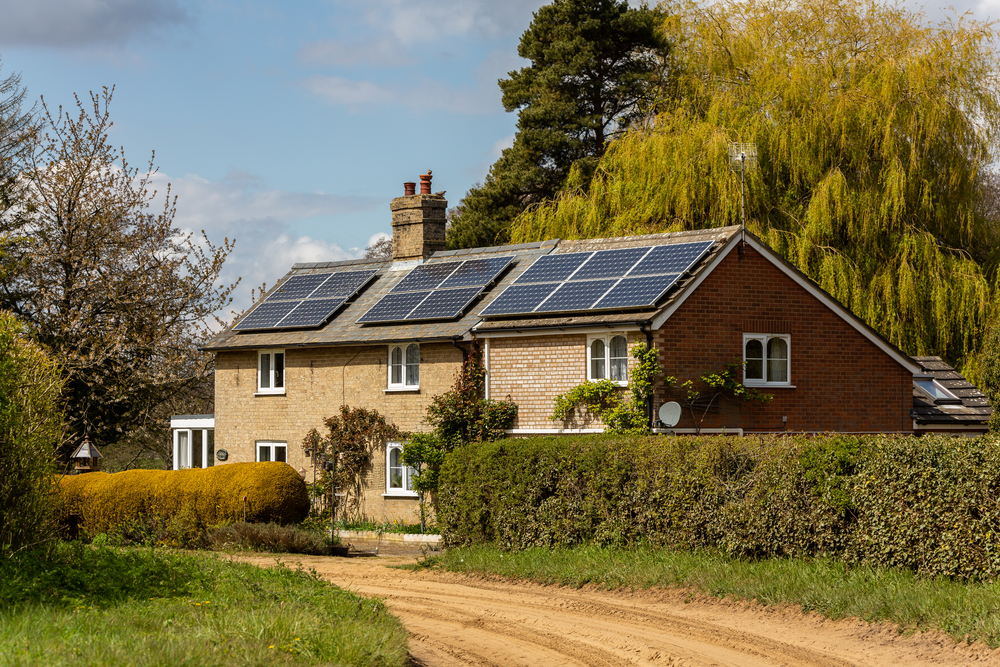How to become carbon neutral at home
September 2 2022

Carbon Neutral At Home
Our website will help you to donate to programs to help to become carbon neutral, we will also offer you information and tips on how to lower your carbon footprint.
1. What are some things you can do to become carbon neutral at home?
There are several things you can do to become carbon neutral at home. One is to install solar panels. Solar panels can provide a source of renewable energy, which can help to offset your carbon footprint.
Another option is to install a wind turbine. Wind turbines can also help to offset your carbon footprint by providing a source of renewable energy.
You can also cancel your carbon footprint by planting trees. Trees absorb carbon dioxide from the atmosphere and help to improve air quality.
2. How much would it cost to become carbon neutral at home?
The cost of becoming carbon neutral at home can vary greatly depending on several factors, including the size and location of your home, the type of energy you use, and the efficiency of your home.
For example, if you live in a small house in a rural area and use renewable energy sources such as solar and wind power, your costs would be much lower than if you lived in a large home in an urban area and relied on fossil fuels for your energy needs.
3. How much would you save energy costs by becoming carbon neutral at home?
Assuming you are asking about energy costs related to carbon emissions from your home, the answer depends on several factors, including the size and location of your home, your current energy usage, and the cost of carbon-neutral energy options in your area.
The most direct way to become carbon-neutral at home is to install renewable energy sources, like solar panels or a small wind turbine, which can offset the carbon emissions from your home by generating clean, emissions-free energy.
4. What are the benefits of becoming carbon neutral at home?
The benefits of becoming carbon neutral at home are many and varied. Perhaps the most obvious benefit is that it helps to combat climate change.
Burning fossil fuels releases greenhouse gases into the atmosphere, which trap heat and cause the Earth’s temperature to rise. This can lead to more extreme weather conditions, such as more frequent and more intense hurricanes, floods, and droughts. It can also cause the ice caps to melt, leading to rising sea levels and increased flooding.
5. Are there any risks associated with becoming carbon neutral at home?
Yes, there are risks associated with becoming carbon neutral at home. For one, it can be quite expensive to make your home completely carbon-neutral.
You may need to invest in solar panels or wind turbines, and you may need to make other changes to your home to reduce your carbon footprint.
Additionally, becoming carbon neutral can be time-consuming, and you may need to make significant changes to your lifestyle to achieve it.
6. How long would it take to become carbon neutral at home?

It would take quite a while to become carbon neutral at home. Many things contribute to your carbon footprint, and it would take some time to change all of them.
Here are some things you could do to become carbon neutral: 1. Switch to renewable energy sources.
This could include solar panels, wind turbines, or geothermal energy. 2. Insulate your home. This will help you use less energy for heating and cooling.
7. What would be the biggest challenge in becoming carbon neutral at home?
The biggest challenge in becoming carbon neutral at home would be ensuring that all of your energy needs are met without using any fossil fuels.
This means using renewable energy sources like solar and wind power or energy efficiency measures to reduce your overall energy needs. Making your home energy efficient is often the first step to reducing your carbon footprint.
8. Would becoming carbon neutral at home make your home more energy efficient?
Yes, becoming carbon neutral at home would make your home more energy efficient. You can do several things to make your home more energy efficient, including:
1. Insulate your home: This will help keep heat in during the winter and cool air in during the summer, making your home more comfortable and reducing energy bills. 2.
9. If you are not carbon neutral at home, what are some things you can do to reduce your carbon footprint?
You can do many things to reduce your carbon footprint if you are not carbon-neutral at home. One thing you can do is to make sure that your home is well insulated.
This will help to reduce the amount of energy you use to heat and cool your home and will also help to keep your home more comfortable. Another thing you can do is install energy-efficient windows.
10. What are some other ways to become more environmentally friendly?
There are many ways to become more environmentally friendly, but here are a few key ways: 1. Use less water. This can be done by fixing any leaks in your home, watering your plants during the cooler hours of the day, and using gray water for things like watering your plants or flushing your toilet. 2. Use less energy.
